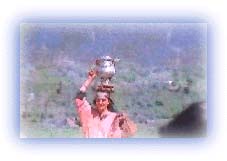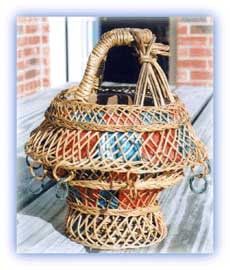Kashmir himalayas
General Info
· Lakes and Waterways
· Dal and Nagin lakes
· Mughal Gardens
· Shankaracharya Hill
· Liddar Valley
· Pahalgam and Amarnath
· Photos of Amarnath trek
· Famous meadows
· Gulmarg
· Sonmarg
Arts and Crafts
· Carpets and Shawls
· Miniature Paintings
Legends
History

![]()
| People The Islam religion came to Kashmir around the 14th century. Bythe end of this century, most of the people had converted toIslam. This was partly due to the corruption among the Hindurulers of the earlier period, and due to the influence of theSaiyyad preachers. |
 |
| Kashmiri woman with the traditional teapot - the Samovar. Kashmiris are very fond of tea. Any time can be considered tea time. Credit: KOA |
Legends
Mankind has been present in Kashmir for a long time. However, theearly history of Kashmir is lost behind the legends. The valley'sname is often attributed to the Sage Kashyap. The creation ofKashmir is a story which, like so much else in this land, has anair of fantasy.
 |
| The famous Kangri, the traditional Kashmiri fire-pot. Credit: KOA |
One version of this legend appears in the Nilamat Purana, theearliest known text on Kashmir.
All rights reserved